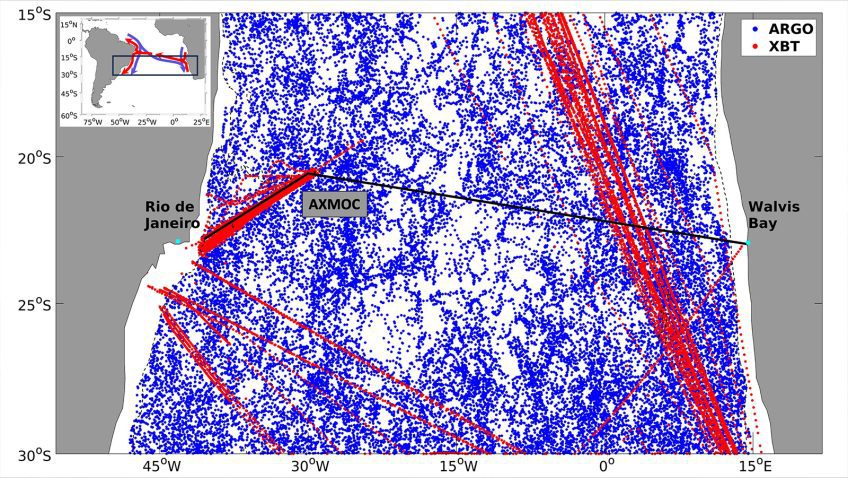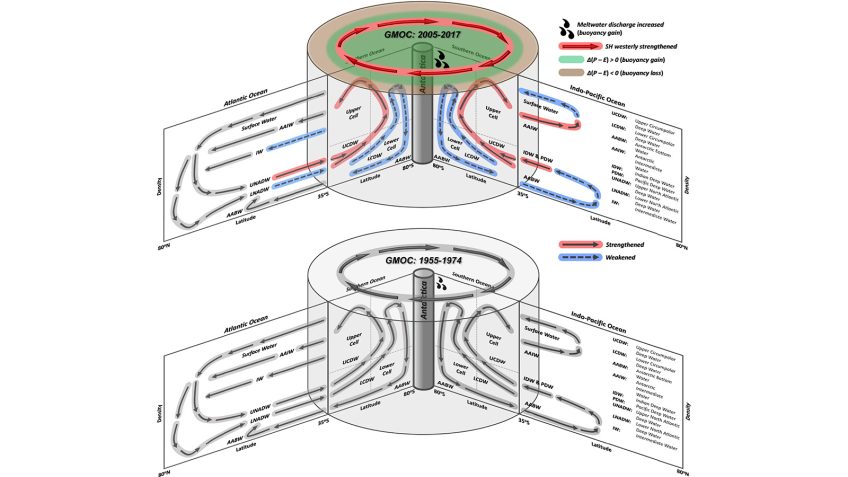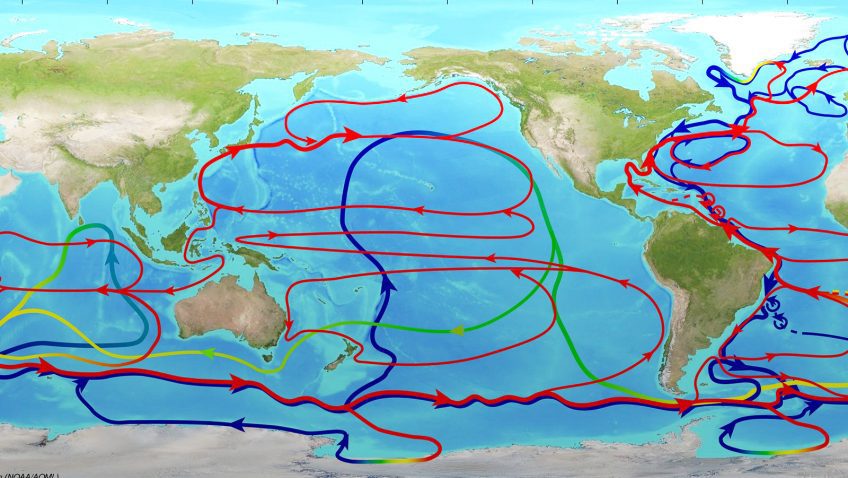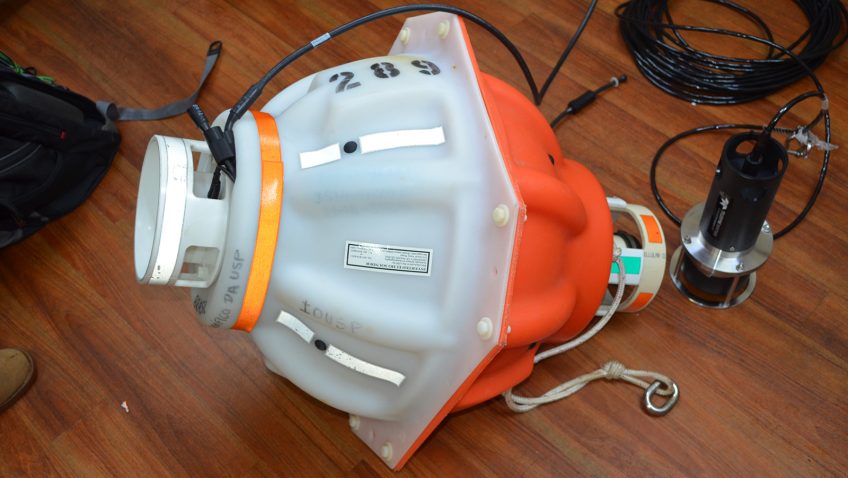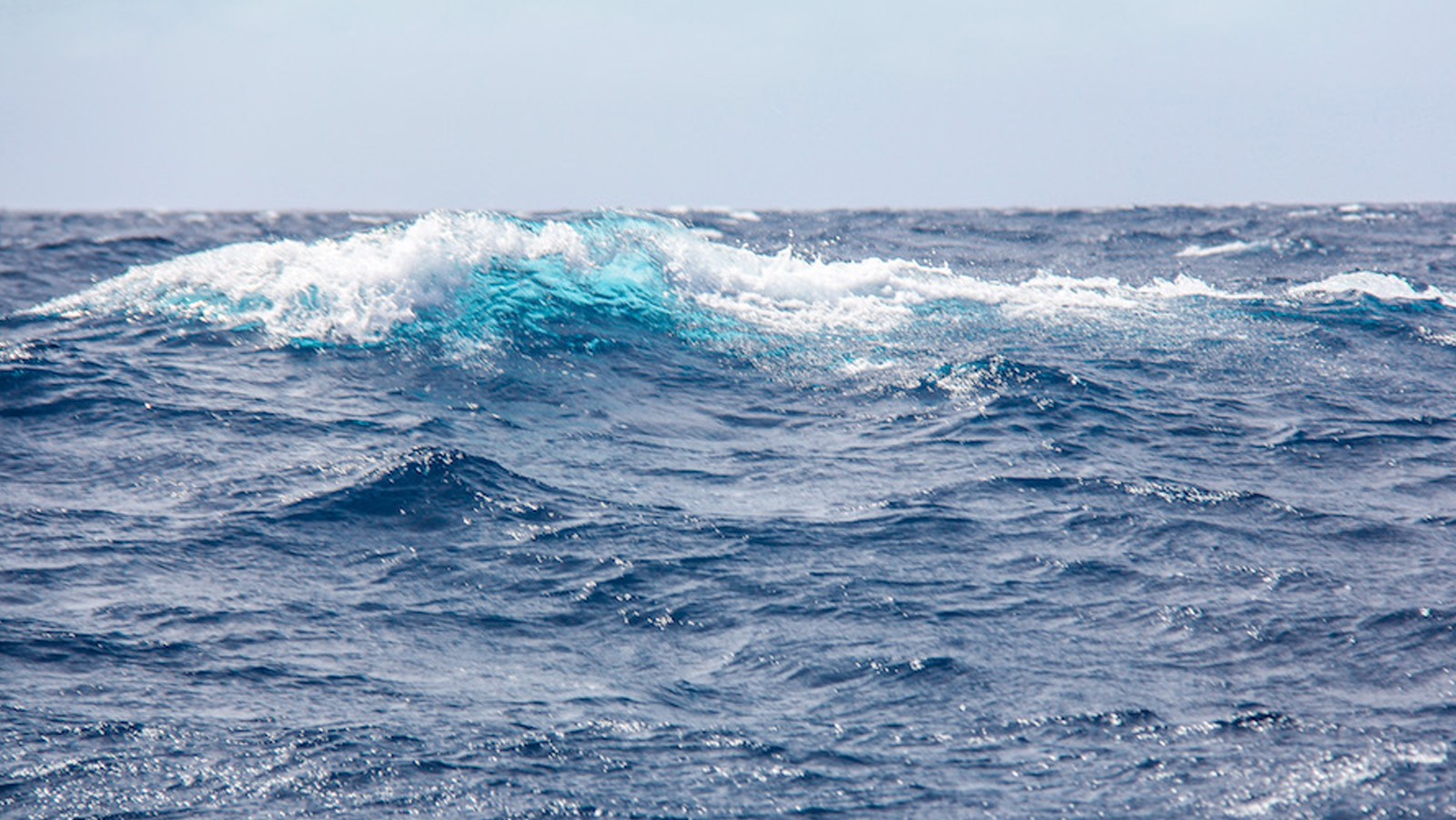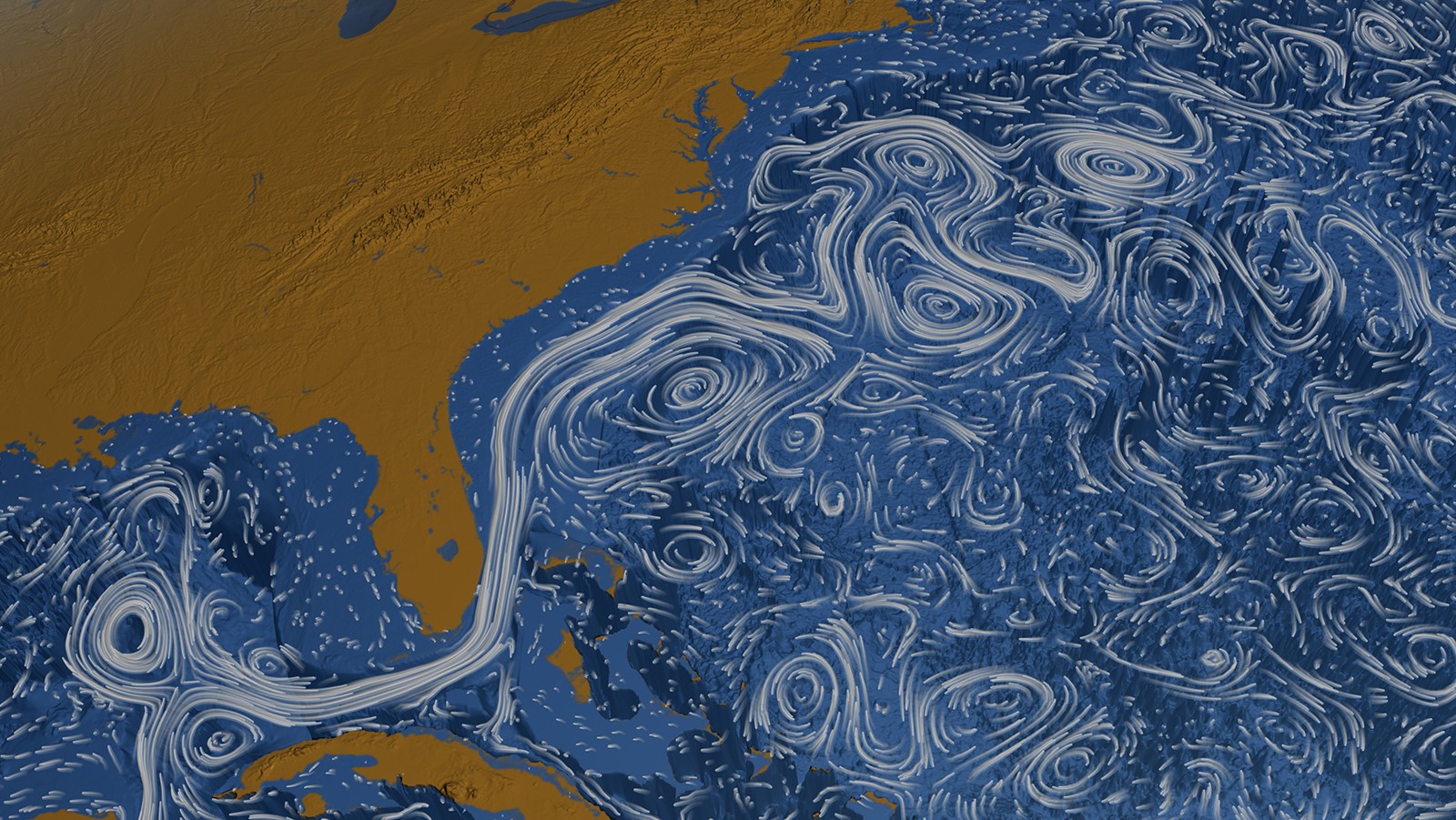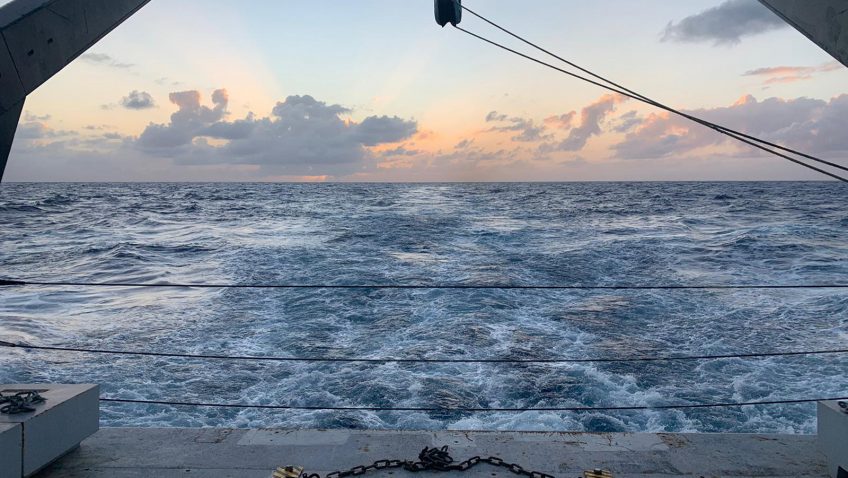State of the Climate in 2023 Released
Adapted from NOAA press release on August 22, 2024 Today, August 22, the 2023 State of the Climate report was released by the American Meteorological Society, showing Greenhouse gas concentrations, the global temperature across land and the ocean, global sea level and ocean heat content all reached record highs in 2023. The international annual review […]


